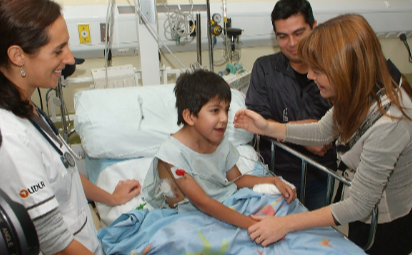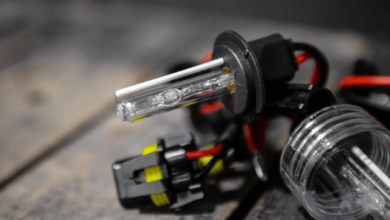The Hospital Gown: More Than Just a Garment

The hospital environment represents health. But it’s not just clothes. The role of dignity, vulnerability, and resilience. Clothes are often seen as showing off. It affects the wearer both physically and emotionally. In addition to practical purposes Hospital gowns also play an important role in the healthcare system.
Heritage
Symptoms and Attitude
Hospital uniforms have their origins in the early 20th century and are derived from the casual clothing of hospital patients. It was originally designed for general and applied medical research. But it has bare functions and a simple layout. There have been many design changes over time. But the basic goal has not changed. That is, it makes doctors feel small. to enter the patient’s body.
Although hospital dress code may be appropriate, it is often poorly reflected. For many, it is a symbol of weakness, pain, and loss of freedom. Wearing clothes removes personality barriers and affects health. It makes patients feel weak, helpless and empty, leading to depression and anxiety.
Moreover, the traditional design of hospital dress is open back. It increases feelings of shame and embarrassment. Patients walk away from treatment and want privacy and dignity. The diversity of these needs highlights the need to reassess the design and functioning of contemporary hospital departments.
Patient experience
Wearing a hospital gown varies from person to person. For some, this is a reminder of frailty and mortality. For some, this is a symbol of endurance and strength. Patients undergoing surgery or surgery are truly comfortable with their clothing and care.
However, the inadequacy of hospital gowns remains for many people. Specific methods are often ineffective for different body types. As a result, the patient is weak and nervous. In addition, the lack of personality reduces the patient’s sense of independence and increases the opportunity to change your health status.
I mean the hospital environment.
In the past few years There are increasing calls to transform the hospital environment and patient experience. Designers, healthcare professionals and patients are looking for clothing that emphasises function and form. Innovations such as adjustable closure breathable material and adjustable size The goal is to overcome the shortcomings in the traditional hospital environment. By allowing patients to manage their own health care journey.
In addition, the patient-centred care concept emphasises the importance of integrating patient care with health care. Including difficulty walking. By including patients in the design process and asking for their feedback. Healthcare organizations can then create clothing that meets their unique needs and preferences.
Humanity of health
Besides her figure, Hospital clothing also has themes of privacy and wider life. Recognizing that patient experience has a significant impact on healthcare outcomes Providers therefore prioritise strategies that promote empathy and competence in healthcare settings.
Simple tasks such as procuring special clothing or explaining hospital gowns. It can help to understand the personality of the patient. By treating patients with care and compassion. Doctors therefore promote comprehensive care and treatment.
Read more Form Meets Function: Exploring The Versatility Of Credenza Desks
Control
Basically The hospital environment is more than just clothing designed to reflect the complexity of the patient’s healthcare experience. Although it may make you feel weak and uncomfortable. But it also shows that people are strong and powerful in the face of pain and hardship.
When health care is developed So is the way the patient dresses. With a focus on dignity, space and patient-centred design. A hospital environment can transform from a symbol of weakness to a symbol of power. It shows that we are fully committed to our work.




